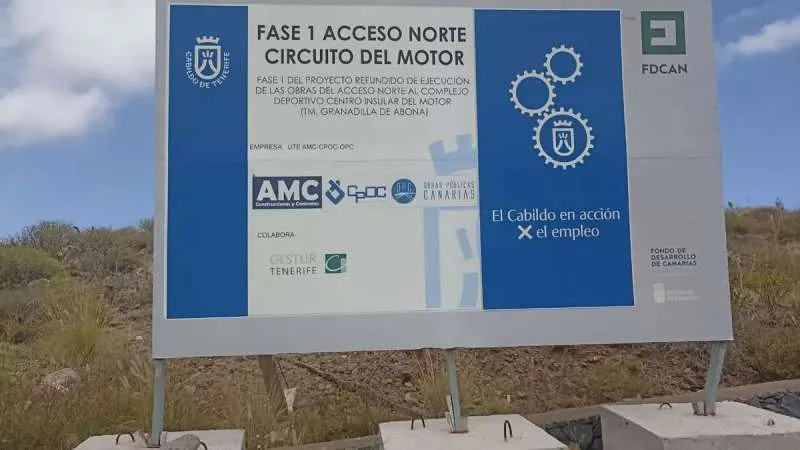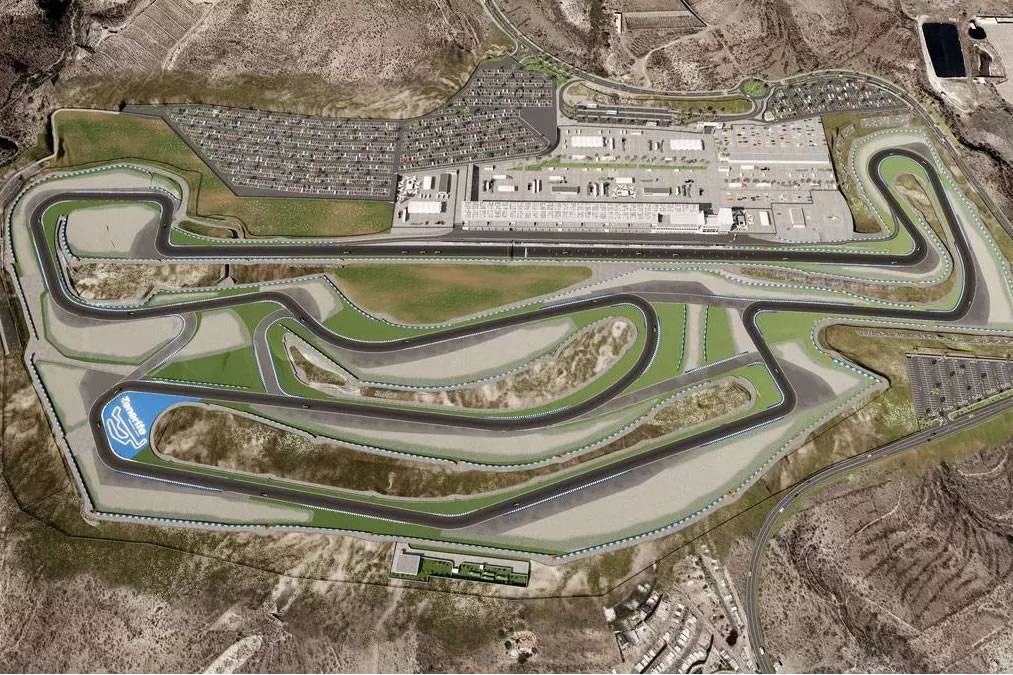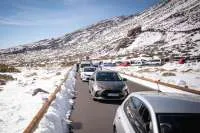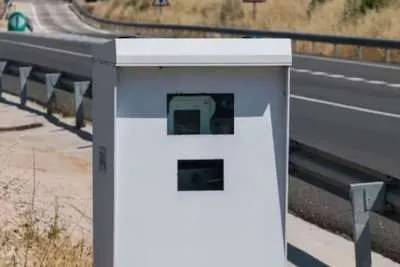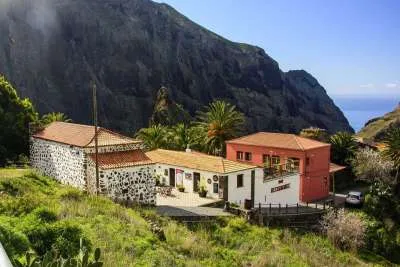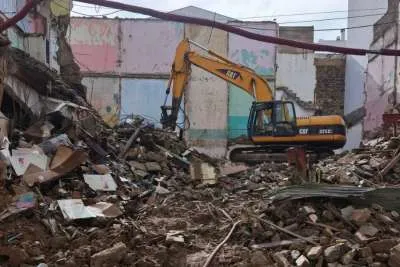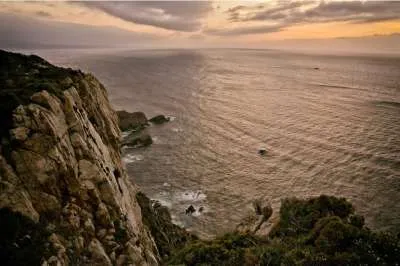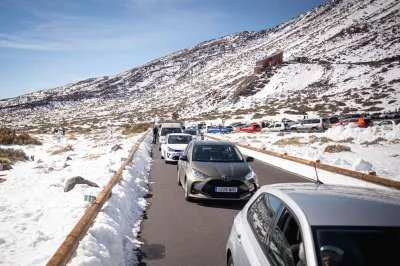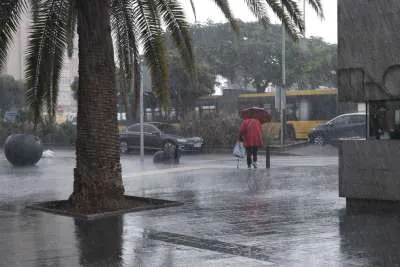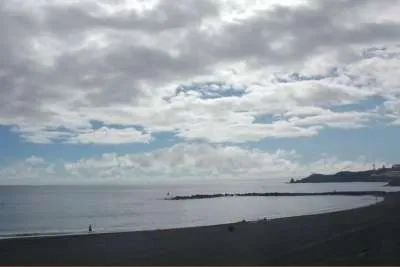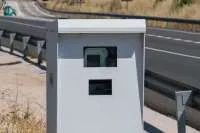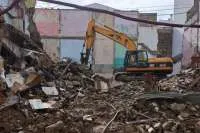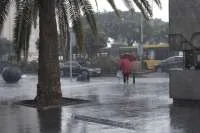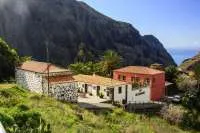Tenerife's Motor Circuit construction resumes amid concerns for archaeological sites
- 22-09-2024
- Tenerife
- Canarian Weekly
- Photo Credit: CA
Construction of the Tenerife Motor Circuit has resumed in the Atogo area of Granadilla de Abona, sparking concerns from local residents and the social archaeology group, Imastanen. After being alerted by neighbours, members of Imastanen visited the site yesterday morning (Saturday), documenting newly installed signs and speaking with workers responsible for the excavation. The group raised concerns about the potential impact on nearby archaeological sites.
The Tenerife Cabildo is investing over €600,000 in promoting the race track, a project that has faced repeated delays and opposition. Despite the financial backing, the project has been contentious, particularly regarding its impact on the region’s rich archaeological and ethnographic heritage.
Imastanen reported that the worksite perimeter is being fenced, and they have informed the island's heritage department about the situation. Last year, following legal permits to analyse the area, 19 archaeological sites were documented, including 17 ethnographic and 3 architectural sites. These findings were communicated to the Canary Islands government and the heritage department of the Cabildo.
While Imastanen hopes that the authorities will protect these important heritage sites, they fear irreversible consequences if the work continues unchecked. The group remains opposed to the circuit, questioning the fate of the archaeological artefacts that have already been removed from their original location. The removal process, they argue, significantly diminishes their value and hinders further study.
Imastanen emphasised that many of these artefacts, particularly ancient Guanche petroglyphs, hold immense cultural significance when studied in situ. These engravings, which often have religious or territorial meanings, lose much of their value when displaced. The group stressed the need for ongoing study to uncover insights into the beliefs and lifestyles of the island’s ancient inhabitants.
The construction of the circuit, which includes levelling land and building new infrastructure, has drawn sharp criticism from those who see it as incompatible with efforts to protect Tenerife's natural and cultural heritage. Imastanen argues that fragile archaeological sites cannot coexist with the modern infrastructure required for a high-speed track, warning of the permanent loss of historical and cultural significance.
As construction progresses, Imastanen pledges to closely monitor the situation, warning of the clear conflict between preserving Tenerife's heritage and the development plans pushed by local authorities.
